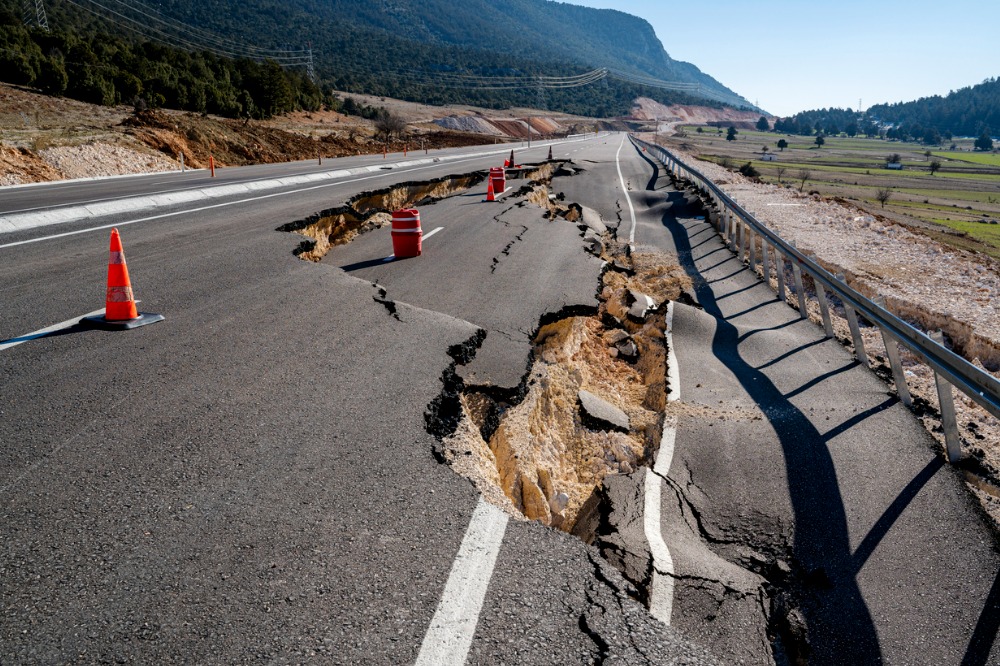Moody’s RMS estimates losses from Turkish earthquake

The loss estimates are based on an analysis of the earthquakes using the company’s Europe Earthquake Models and reflect damage to property and contents, as well as business interruption, across residential, commercial and industrial lines. The estimate does not include post-event loss amplification on losses to non-modeled exposures like transport and utility infrastructure.
On Feb. 6, a magnitude-7.8 (Mw7.8) earthquake struck east of the city of Nurdaği, Turkey, triggering a strong earthquake sequence. The sequence included a magnitude-7.5 earthquake that struck south-southeast of Ekinözü, Turkey.
The earthquakes hit in southern Turkey near the border with Syria and caused damage across Turkey and northern Syria. Shaking was felt as far away as Lebanon, Cyprus, Israel and the State of Palestine, Moody’s RMS reported.
The quakes ruptured multiple faults across the East Anatolia fault zone. The region is known for having a high earthquake hazard, with multiple earthquakes of magnitude 7 or greater since the 19th Century.
“The earthquakes ruptured geometrically complex faults with multiple branches and were part of an active sequence that included over 400 events of Mw4 or greater,” said Nilesh Shome, vice president of earthquake model development at Moody’s RMS. “It is very unusual for an earthquake to trigger another event of such a magnitude as the Mw7.5 earthquake. The two largest earthquakes generated significant ground motions, and many areas were impacted by both events.”
According to the Turkish Ministry of Environment, Urbanization and Climate Change, 11 provinces were severely affected by the quakes, with the worst damage in Gaziantep, Hatay and Kahramanmaraş. As of Wednesday, more than 335,000 buildings were reported damaged. Most of the economic losses due to shaking can be attributed to severely damaged structures that have either already collapsed or will have to be demolished, Moody’s RMS said.
Observations from early damage reports issued by the Turkish Ministry of Environment, Urbanization and Climate Change show “a systemic lack of adherence to seismic provisions, including government ‘amnesty’ programs, that have allowed continued occupancy of structures that do not meet seismic design requirements,” Moody’s RMS said.
Read next: Revealed – Moody’s acquires RMS
The firm anticipated that any tightening of codes or more stringent enforcement would increase repair and rebuild times. Recovery in Turkey will likely take several years due to the scale of the damage. Macroeconomic conditions that existed prior to the quakes, including significant inflation, will likely slow reconstruction and add to the overall costs, Moody’s RMS reported.
“The events highlighted the devastation that can arise when large-magnitude events coincide with vulnerable building stock,” said Laura Barksby, product manager at Moody’s RMS. “We continue to learn from each significant earthquake, and the events in Turkey act as a wake-up call for other earthquake-prone regions, particularly concerning the true quality of the building stock.”
The Moody’s RMS estimate of insured losses greatly exceeds Verisk’s earlier preliminary estimates of around $1 billion.
Have something to say about this story? Let us know in the comments below.





